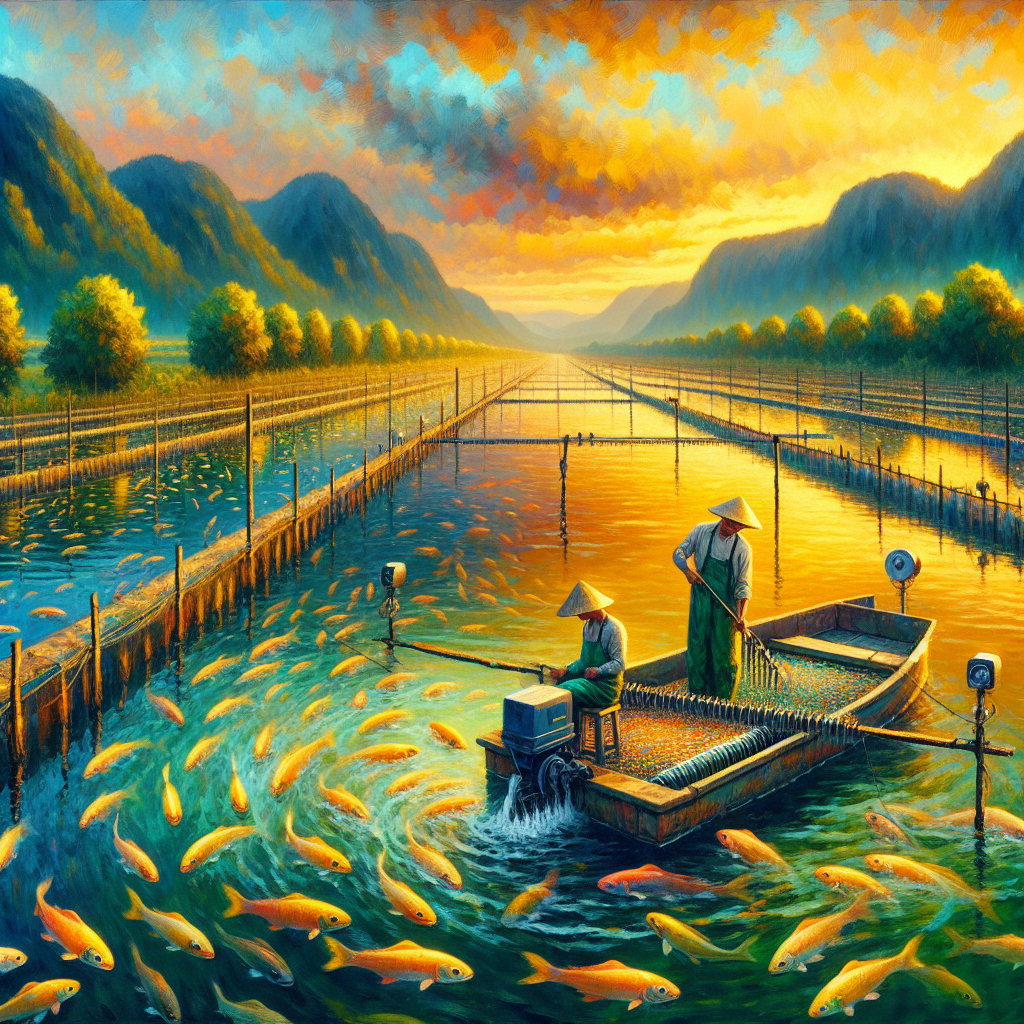Oceans and Fisheries Minister Shane Jones has announced the establishment of five new Aquaculture Settlement Areas (ASAs) in Southland, designated to support Ngāi Tahu’s involvement in New Zealand’s growing aquaculture industry. Spanning a collective 8,787 hectares, these areas are earmarked for aquaculture exploration, with potential for farming salmon, mussels, and seaweed, all vital contributors to New Zealand’s economy and Southland’s regional development.
“The Aquaculture Settlement Areas (ASAs) I’m announcing today set aside space so the Crown and Ngāi Tahu can assess their potential for aquaculture development,” said Mr. Jones. “These ASAs are positioned offshore from Port Pegasus, Rarotoka South, Rarotoka North, Ruapuke, and Port Adventure, covering a substantial area that can yield economic and employment benefits in Southland and beyond.”
Mr. Jones emphasized the government’s goal of transforming aquaculture into a $3 billion industry by 2035, aligning with its priority to support economic growth through sustainable, export-oriented industries. “The Coalition Government has recognized aquaculture’s enormous potential and made its development a priority,” he said. "Globally, there’s a high demand for New Zealand’s premium aquaculture products, and we are committed to ensuring this industry grows and flourishes.”
To facilitate this, the government is focused on eliminating bureaucratic hurdles to accelerate aquaculture initiatives. Mr. Jones added, “Cutting away red tape will enable the aquaculture sector to contribute more effectively to our export-led economic recovery and support New Zealand’s broader economic rebuilding. By setting aside space for Ngāi Tahu’s exploration today, we’re building the foundation for tomorrow’s jobs, opportunities, and export revenue.”
Current fishing activities within the ASAs, including recreational, commercial, and customary fishing, will not be impacted by the establishment of these new areas, ensuring that existing fisheries can continue uninterrupted during the exploration phase. Should Ngāi Tahu opt to develop any of these ASAs into full-fledged aquaculture operations, each site will still need to go through a resource consent process to ensure compliance with environmental and industry standards.
ASAs were first established in 2004 as part of legislation to ensure that iwi, including Ngāi Tahu, receive a 20 percent share of new aquaculture space created. This expansion of ASAs is part of the government’s commitment to support iwi partnerships in sustainable aquaculture and to foster economic resilience in Southland’s coastal communities.











